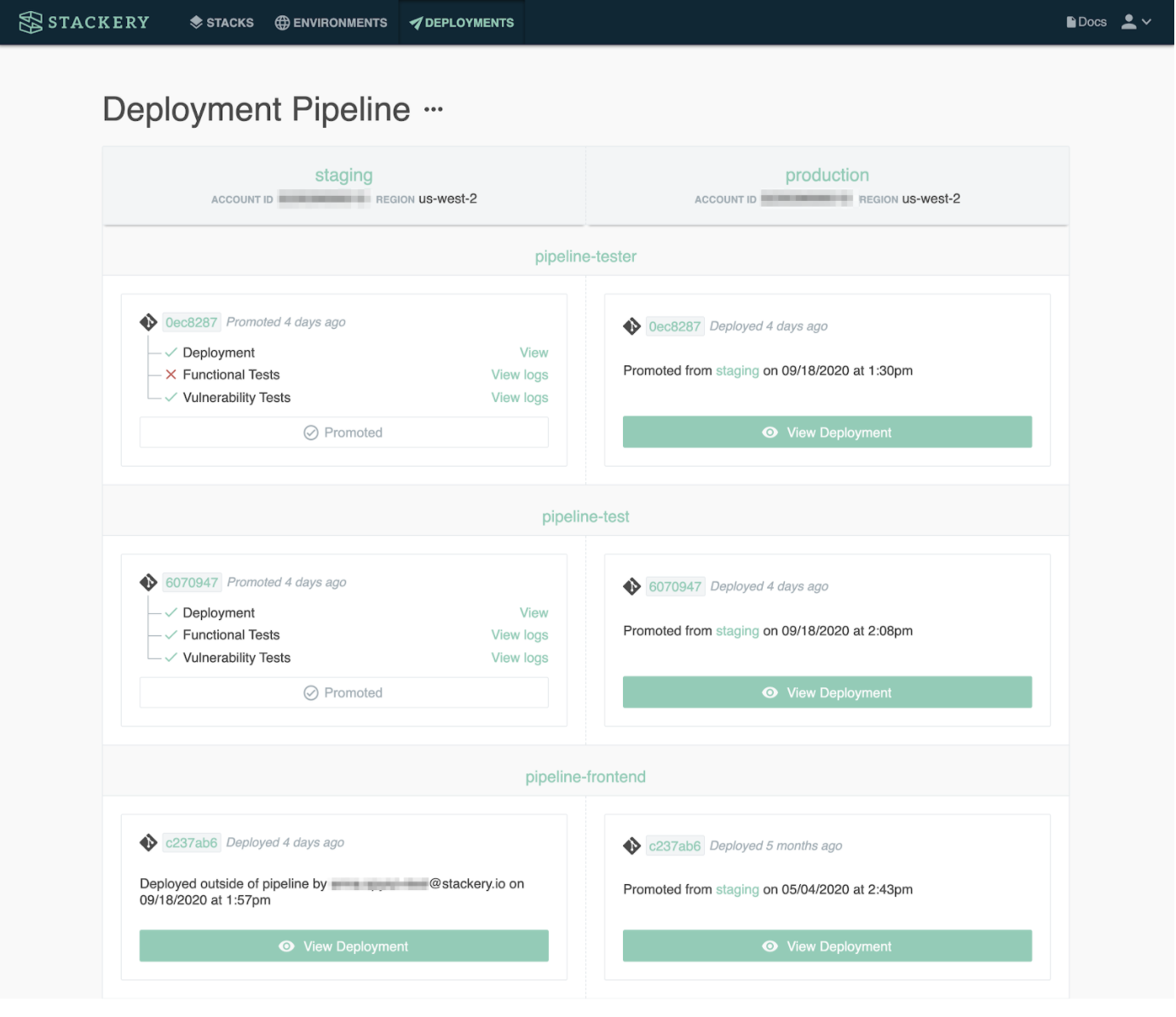What does Serverless mean for the future of DevOps
What to look for at re:Invent for serverless and DevOps professionals

Watch a video overview
I spent the last ten years in a Portland-based automation company known for its configuration management software. It served as the beating heart of enterprise data centers for much of the Fortune 1000, enabling operators to orchestrate the chaos of globally-scaled infrastructure that’s constantly changing and scaling.
Software like Puppet is necessary if businesses want the agility they need to compete, with the uptime and reliability customers demand, while allowing teams to focus on the work in front of them. This alignment of goals, teams, and processes - reinforced by tooling - is fundamental to DevOps.
That’s why, after working to empower teams automate the drudgery of changing and maintaining their VM-based applications, I’m excited about serverless.
On-demand managed services, like those available from AWS, give every team access to affordable, enterprise-grade architectures that require very little time or money to bootstrap and just as little work to keep running. You pay specialists at AWS to design, maintain, and operate key infrastructure services that aren’t part of your core business, and in exchange you can dedicate your focus to the work that truly matters.
I expect we'll see a lot about AWS Serverless at re:Invent for 3 key reasons.
- Adoption of AWS Serverless has reached over half of AWS users
- They're facing fierce user-focused competition from the Edge
- AWS has been steadily closing key gaps in offering enterprise-grade managed services
Photo by Yoann Boyer on Unsplash
Adopted by the Majority
Leading application performance monitoring providers DataDog and New Relic agree, serverless adoption in the enterprise has reached critical mass and continues to grow fast. DataDog's The State of Serverless boldly opens with the statement: AWS Lambda has already been adopted by nearly half of companies with infrastructure in AWS.
Serverless is more than just functions, of course. In fact, this year Stackery is seeing 200% growth in container usage alongside functions. With AWS Fargate providing serverless options for both container services and kubernetes pods, users are proving there is little to the hype around containers vs. functions. Serverless is about providing great on-demand for the need your business has, be that short-lived computation, long-running services, or complex orchestration of services.
Beyond compute, AWS provides a plethora of serverless options, from Aurora for MySQL and PostgreSQL, EFS for persistent storage, Cognito for auth, and much more.
Living on the Edge
We wrote a bit on the JAMstack, a web architecture that emphasizes delivery of (mostly) static assets to content delivery networks that are located in cities closest to users, aka the Edge. Combined with mature CI/CD, DevOps team culture, and adoption of back-end serverless infrastructure, modern web applications can be built on a rock-solid foundation with a fast and reliable user experience.
More than AWS have taken notice of this trend, with both Cloudflare and Netlify expanding their enterprise capabilities on top of their Edge delivery networks.
Netlify added support for self-hosted git and tweaked pricing to better suit teams in large organizations. Their recent JAMstack conference emphasized new Background Functions which, while basic relative to the AWS serverless portfolio, provide a means for teams to add rich interactivity to their JAMstack web apps.
Cloudflare has approached this space from the CDN angle and they are rapidly adding managed services for a variety of enterprise use cases. Their take on functions, Cloudflare Workers, took a big step forward this year with Workers Unbound which they emphasize as 75% cheaper than AWS Lambda and more performant to boot.
These are just two major players who understand that modern applications will live on the Edge, and I expect AWS to reply to their successes this year with an emphasis on their serverless capabilities at the Edge of their dominant world-spanning network.
Crossing the Enterprise Chasm
It is not like AWS has been resting on its serverless laurels this year. We tracked a variety of critical improvements to managed services that meet the high expectations of enterprise teams.
Reliable, scalable, and cheap persistent storage is the backbone of any application so you might be surprised to learn that only this year did AWS address this need. Amazon Elastic File System, an elastic NFS-powered file system, is now integrated into Fargate ECS for containers, along with Fargate EKS for Kubernetes, and of course you can now mount persistent storage within your AWS Lambda functions.
With tools like Stackery, AWS SAM, and CloudFormation, it is trivial to design an architecture that includes persistent storage, and deploy the whole thing into any environment without the management overhead of a single server.
While storage may be the most fundamental gap closed this year, it is far from the only major improvement. AWS has been busy!
- CloudFront distributions used to be embarrassingly slow to deploy and update. Not anymore!
- Monitoring & observability became way easier to integrate and manage with AWS Lambda Extensions.
- Architectural best practices and preventative compliance have become attainable with the open-source CFN-guard and the Serverless Lens for the AWS Well-Architected Tool.
- The AWS Serverless Application Model CLI went GA, cementing SAM as the most reliable and breaking-change-avoidant way to manage serverless application architectures on top of CloudFormation.
Wrap up
I’m looking forward to the infrastructure keynote and the DevOps sessions track, for more news on enterprise functionality being added to AWS’s portfolio of managed services and I’m sure there will be a surprise announcement or two from the virtual stage.
- Visit our virtual booth, which projects right onto your desk for walk-free swag.
Related posts

How AWS deploys in waves and what to think about when planning your deployments


